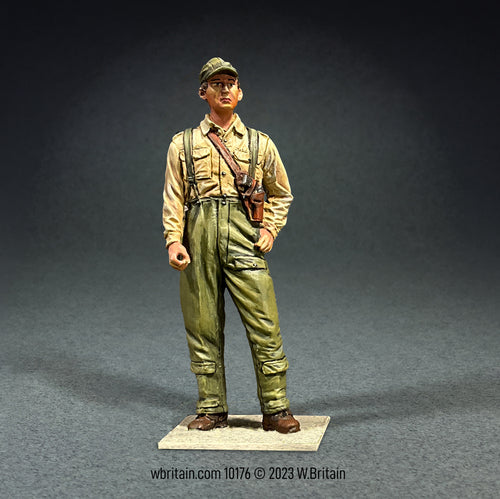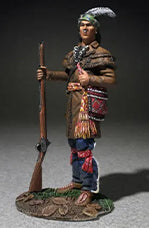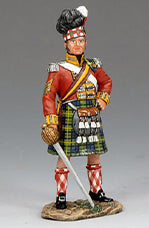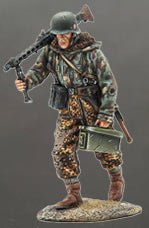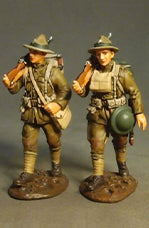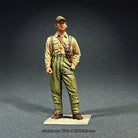10176 - U.S.A.A.F. Co-Pilot, 1942-45
Couldn't load pickup availability
NEW! IN STOCK!
U.S.A.A.F. Co-Pilot, 1942-45
During the peak of WWII, being a member of a United States Army Air Force heavy bomber crew was an incredibly dangerous job. Approximately 71 percent of the 100,000 service members who crewed the U.S.A.A.F. bomber’s were either killed, wounded, captured, or labeled as missing in action. This Co-Pilot would have been considered one of the more fortunate crewmen as his position only suffered a 6.6 percent casualty rate. He was a fully trained, rated pilot, familiar with every duty of the Bomber Captain and able to take over and act in the pilot’s place at any time – as Captains suffered about an 8 percent casualty rate.
